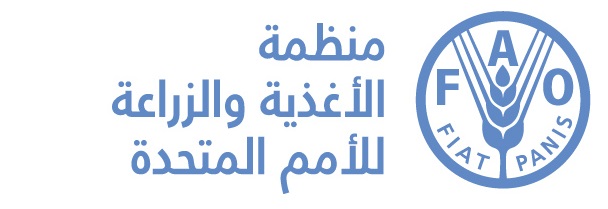Atlas of Biosecurity Surveillance
Published: جمعة, 05 أغسطس 2022, 09:28Last updated: جمعة, 05 أغسطس 2022, 09:36
Description of Biosecurity New Zealand's Exotic Pest and Disease Hotline notification process, and transition to investigation and response. This process is also followed with risk goods purchased on international eCommerce websites, although diagnosis is not always required in these instances (e.g. the risk goods are promptly destroyed as quarantine waste)
- Contents -
Preface 2
1 Introduction 3
1.1 Biosecurity: What it is and why we should bother 3
1.2 The biosecurity system in New Zealand 3
1.3 Surveillance: an essential component of post-border biosecurity 3
1.4 Risk and how it varies 4
1.5 Atlas layout 8
1.6 Boxplots 9
2 Surveillance Programmes 10
2.1 Biosecurity New Zealand Exotic Pest and Disease Hotline (0800 80 99 66) – general surveillance 10
2.2 Animal health information 15
2.4 Avian influenza surveillance programme 20
2.6 Arbovirus surveillance programme 24
2.9 National apiculture surveillance programme 28
2.11 Fruit fly surveillance programme 34
2.13 Gypsy moth surveillance programme 42
2.15 High-risk site surveillance programme 50
2.17 Marine high-risk surveillance programme 56
2.18 National invasive ant surveillance programme 64
2.20 National saltmarsh mosquito surveillance programme 71
2.22 Transmissible spongiform encephalopathies (TSEs) surveillance programme 76
2.24 Wildlife disease surveillance programme 81
3 References 85
Resources on this page are not intended to be interpretations of ISPMs and terminology used may not be consistent with ISPM 5. Unless otherwise indicated resources, or pest distributions contained within them are not endorsed/adopted/agreed by the CPM nor developed under the auspices of the IPPC Secretariat, and are the exclusive responsibility of the author of the contributed phytosanitary resource.
Resource provide by:- NPPO of NZ
URL: click here
Type of contact: NPPO
Tags:

